Learn how to strengthen your glutes for a better runner’s butt
Runners should always keep their health and physique in proper condition. This is key to many, many happy miles! An effective training plan emphasizes a healthy diet, proper nutrition, and various runs. However, many runners are not aware of how much a better runner’s butt can help. Building strong glutes is an important aspect that helps avoid lower-body injuries and improve form. Learn about some cool tips for strengthening your glutes and start working towards a better runner’s butt. Pro tip: these glute exercises are a great addition to this effective warm-up routine.
The benefits of stronger glutes
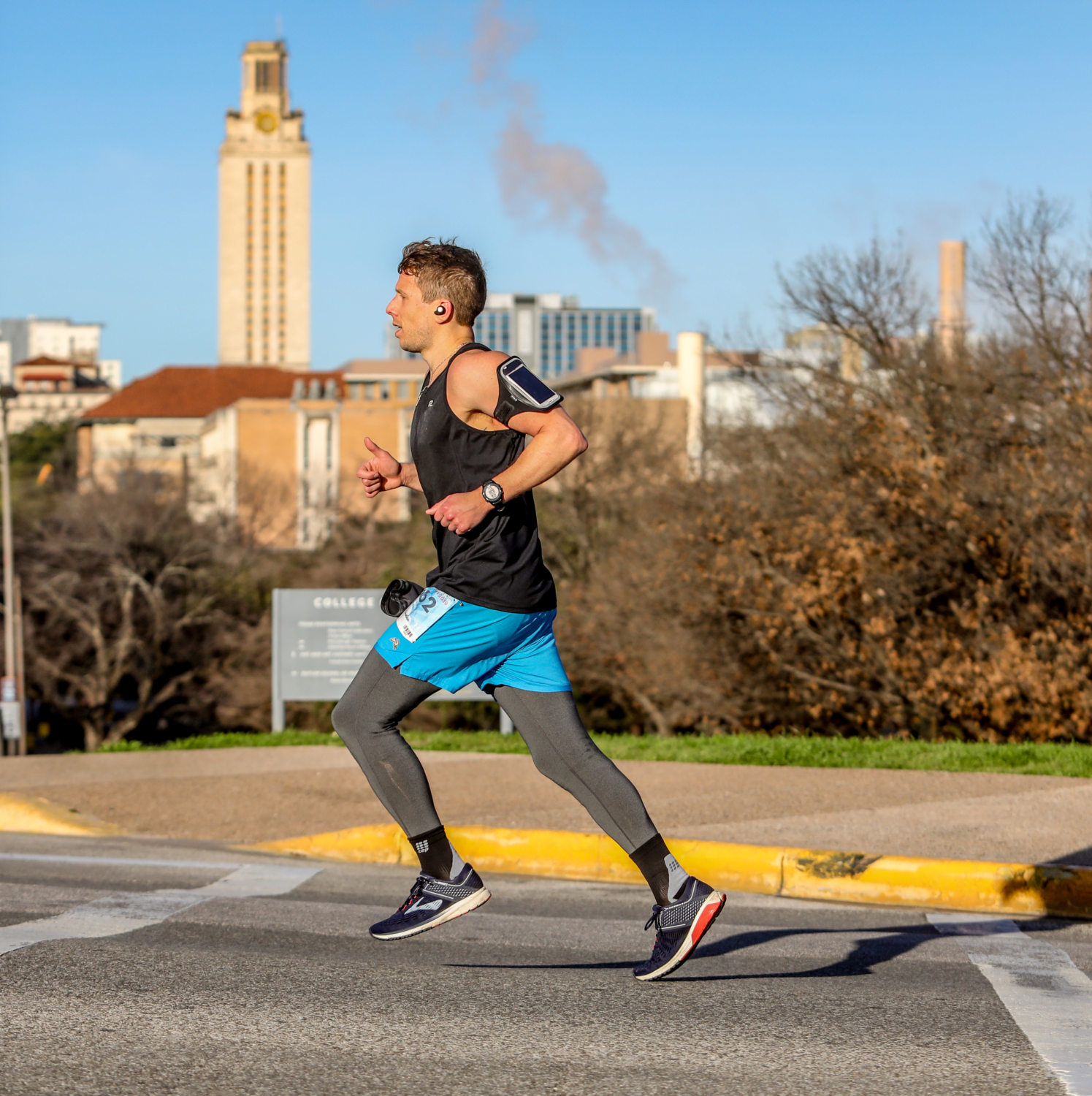
Glute exercises can help improve your form. Credit: Scott Flathouse
The gluteal muscles play a key role in the movement and stability of your hips. Putting a focus on strengthening your glutes is a good practice during training. The top benefit of stronger glutes and a better runner’s butt, you are less prone to injuries. Other benefits include:
- improve body’s balance and stability
- can complete them anywhere
- increase in performance and endurance
- reduction in pain post-running.
Running itself isn’t enough to effectively strengthen the gluteal muscles. Take advantage of the benefits when you include these 4 glute-strengthening exercises. Whether you’re training or in the offseason, they’ll help you get a better runner’s butt. You might be sore after the first few times you use these exercises. That’s okay! Alleviate that sorenes and recover faster when you add Epsom salt baths to your recovery plan.
4 exercises to strengthen your glutes
-
Squats
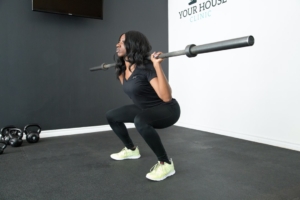
You can complete squats with or without weights.
Squats are a common exercise that’s particularly helpful in strengthening the gluteus maximum muscle. You can use weights if you want, but they’re not necessary. For squats,
- keep your feet shoulder-width apart
- bend your knees until your upper legs are parallel with the ground
- push through your heals
- keep your chest up
- return to an upright position, then repeat
- to start, try 3 sets of 10 squats with a 60-second rest in between each set
-
Glute bridges
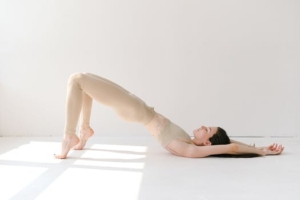
Hold the glute bridge for 1-2 seconds at the top.
These engage your glutes by isolating them with a unique posture. Be slow and deliberate with your movements. This is also great for your core! For glute bridges,
- lie flat on your back comfortably
- keep your legs at a 45-degree angle on a bench (or on the ground)
- lift your midsection straight up, clenching your glutes
- remain here for 1-2 seconds, slowly return to a resting position, repeat
- to start, try 3 sets of 15 glute bridges with a 60-second rest in between each set
-
Lunges

You can move forward or remain stationary during lunges.
Lunges strengthen the gluteal muscles on the front portion of the legs. These can be done by either standing in place or by walking forward. For lunges,
- put your hands on your hips or hold a small weight in each hand
- place one foot forward and the other backward in a staggered position
- in one motion, lunge forward with your front leg making a 90-degree angle and your back knee barely touching the ground
- if balance is an issue, you can place your hands on your knee
- return to an upright position by pressing into your heels, alternate legs, and repeat
- to start, try 3 sets of 10 lunges with a 60-second rest in between each set
-
Dumbbell step-up
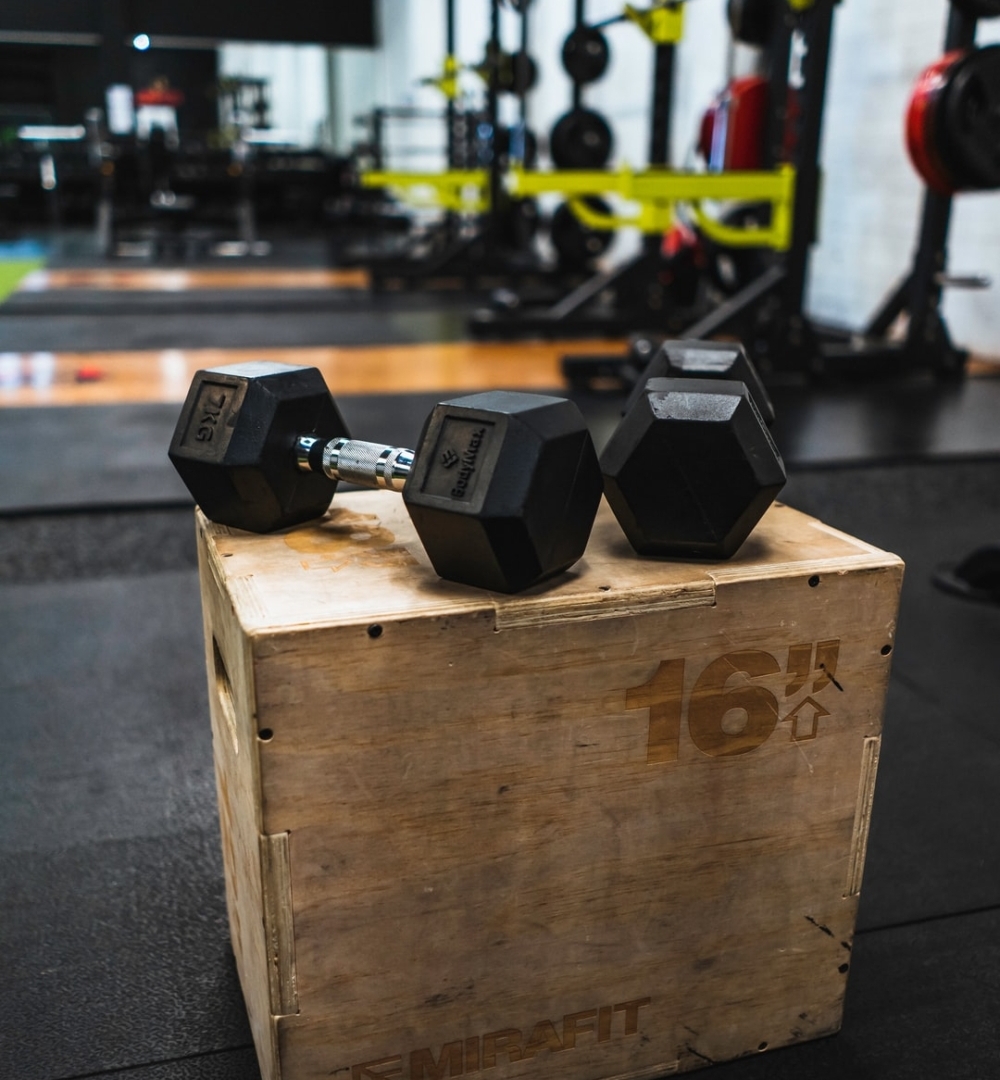
Dumbbell step-ups are an excellent glute-strengthening exercise.
The dumbbell step-up is simple, yet very effective in strengthening your glutes. You will need dumbbells (or something heavy) and a box/bench/chair/curb to step on. For step-ups,
- stand in front of a raised surface in an upright position
- hold a dumbbell in each hand
- with your thigh parallel to the ground, step up onto the bench
- leave the other leg hanging
- slowly return to the initial position, alternate legs, and repeat
- to start, try 3 sets of 10 step-ups (5 for each leg) with a 60-second rest in between each set
Runners are always looking for different ways to improve their performance and reduce injury chances. Strengthening your glutes and creating a better runner’s butt is often an overlooked method of improvement. Incorporate 1 or all 4 of these exercises into your routine. It won’t take long before you begin to see and feel a difference. When you’re ready to jump to the next level, add these booty band workouts to keep strengthening your glutes.

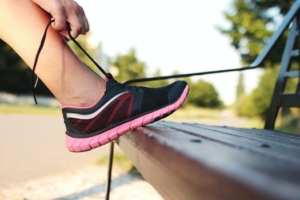

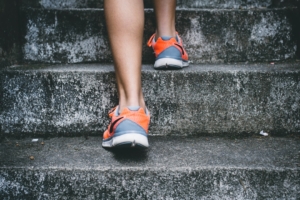
 Squats strengthen your quads, glutes, hamstrings, and core. This will help your running form, especially if you
Squats strengthen your quads, glutes, hamstrings, and core. This will help your running form, especially if you  Lunges are great for making your quads, hamstrings, and glutes stronger. They also help with flexibility and improving your range of motion which is important for long-distance running.
Lunges are great for making your quads, hamstrings, and glutes stronger. They also help with flexibility and improving your range of motion which is important for long-distance running. One-legged deadlifts help with balance and strengthening your hamstrings and glutes. These are also great if you’re looking for a quick and effective
One-legged deadlifts help with balance and strengthening your hamstrings and glutes. These are also great if you’re looking for a quick and effective 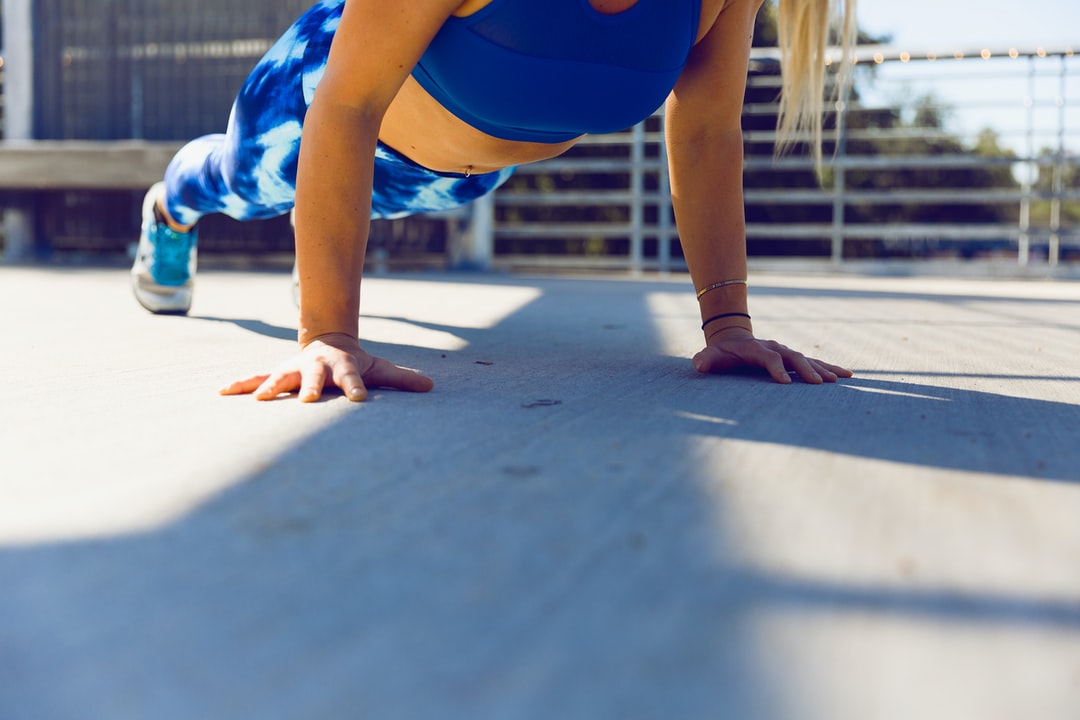 Pushups are great for working all upper body muscles and your core.
Pushups are great for working all upper body muscles and your core.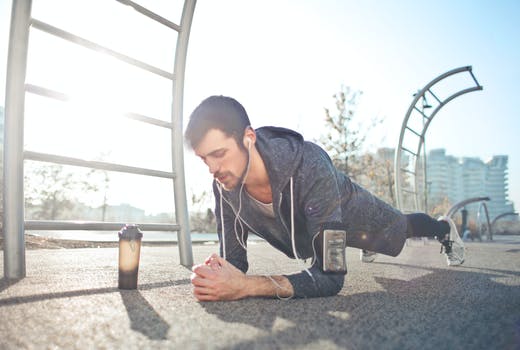 Planks help strengthen your core.
Planks help strengthen your core. Burpees help increase endurance and build aerobic capacity. They will work out your entire body.
Burpees help increase endurance and build aerobic capacity. They will work out your entire body.